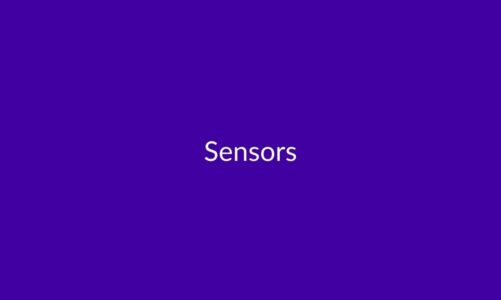Science facilities have a knack for being where we least expect them. Underground is one such locations. By underground, I do not mean “just under Geneva” like CERN (100 m). I mean really, really deep.
One of the deepest UG laboratory today is SNOLAB, in Ontario, Canada. It is about 2 km under the ground, in a nickel mine that is still in operation today.
The main motivation for going underground is to avoid the background radiation that inundates us on the surface. The rock above the equipment acts as a shield, and the thicker the better. Two kilometres down in SNOLAB, the cosmic ray flux is 50 million times lower than on the surface. You would think that this would be sufficient to conduct extremely sensitive experiments… but not quite. At this depth, the main background radiation is now that of the radon emitted by the surrounding rocks, so a special paint coats all the walls.
Essentially, SNOLAB is a huge underground clean room, with all the clean room procedures this entails. What does that look like? Well, like a lab, but a very constraining one. Plan your lunch in advance, there is no popping out to the store at noon: you’re in for the day. You must shower and change into clean room clothing before entering the clean area and properly seal all the items that you might want to bring with you: tools, laptop, lunch. Health and safety is paramount and extensive training is usually mandatory before being allowed to work.
The research topics explored in such conditions are among the most sensitive on the planet: neutrino physics and dark matter are usually the main two physics topics. SNOLAB also hosts geology and biology experiments, looking at, among other other things, the propagation of seismic waves or the way the increased underground pressure may affect metabolism.
There are many underground facilities around the world. Some specialize in geological and geo-energy studies, while others focus on the radioactive waste study, treatment and storage. A lot is going on under our feet, both to understand the universe and to live safer in it.



